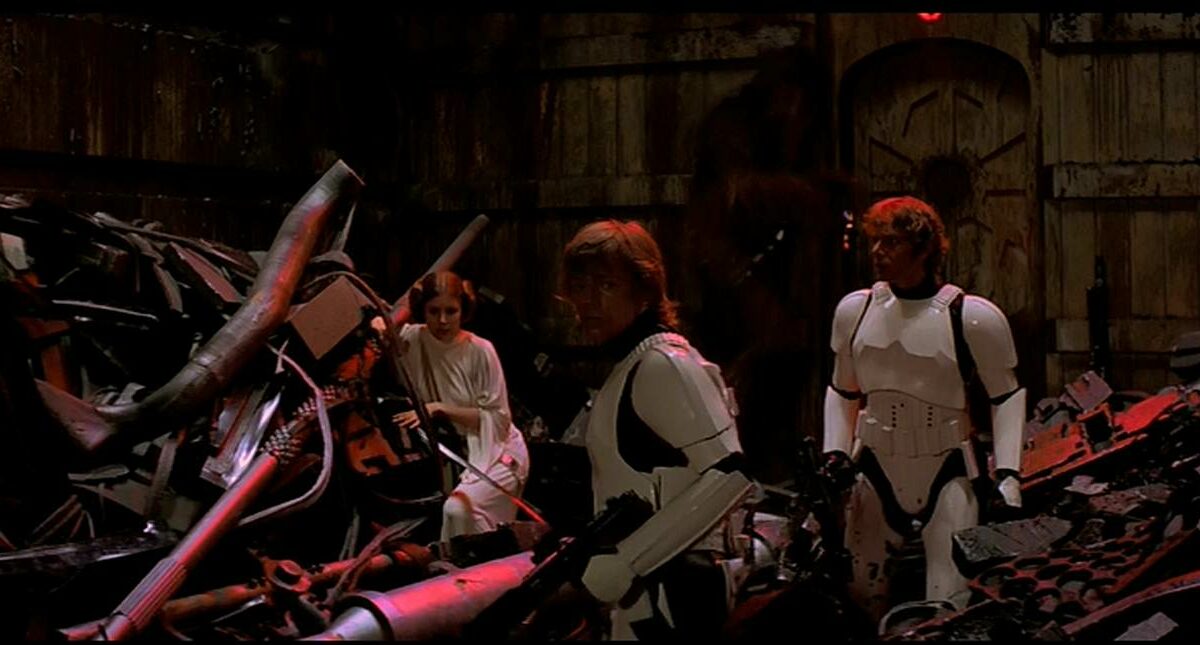So, what makes a story a myth? Of course, ultimately it’s your audience – or all of us. If we don’t ‘hold the belief’, embrace the narrative as meaningful and enlightening and your audience doesn’t view it as aspirational, some- thing relating to their dreams, you’ll never reach mythical power, no matter how beautifully you craft and spin your story. But there are certain things you can do to increase your chances, because according to Joseph Campbell a myth becomes a myth when it serves at least some of the following four functions:
1. The Metaphysical Function
This is about a sense of ‘awe’ and wonder. Myths talk about that which words cannot reach, let alone express. Mythical metaphors and allegories have the ability to awaken and connect us with that which transcends reality, the overall mystery of life. They always point outside themselves to something bigger, more meaningful, something omnipresent and eternal. By ‘reliving’ them we can feel this ultimate mystery.
2. The Cosmological Function
Myths help us make sense of the world, especially those parts that are beyond our control and understanding. In pre-modern times myths were used to ‘explain’ nature and its seasons, the cosmos and the stars, birth and death and everything in between – basically all phenomena people were ‘dealt’ and which they couldn’t grasp. Just think of the Greek gods and their vast mythology and you get the idea.
3. The Sociological Function
This is all about societal order – and the breaking with it. Myths have the ability to guide us by presenting certain rules and decisions as almost divine or at least natural. They help confirm social norms and make us conform. But they can also do the opposite by inciting us to take on a battle, stand up and fight. In the end, though, right usually does win over wrong, and right is ultimately what integrates us.
4. The Pedagogical Function
Lastly, there is the same guiding function on a personal level. Myths can help people navigate through life and master challenges by setting examples, providing ‘blueprints’ for certain situations. A good example is The Catcher in the Rye, J.D. Salinger’s mythical coming-of-age story, the ultimate reflection on adolescent angst that helped millions of teenagers cross the difficult bridge from youth to adulthood.
From Myth To Meaning
Translating these categorizations into prestige or Ueber-Brand building and analyzing the brands featured in our book Rethinking Prestige Branding, we definitely saw a lot of cases that mix the functions. Just as ‘real’ myths do. Take the battle of Troy for instance: Achilles ‘teaches’ how to deal with anger and pride, his fight with Agamemnon ‘confirms’ the social need to stick together, all the divine meddling ‘explains’ fate, and his relationship with Patroclus ‘transcends’ to the eternal power of love. Myths, like anything else, are not clear cut and like to grow in between and beyond systems.
Yet, if you look closely at prestige and/or Ueber-Brands, most do exhibit a clear tendency for one of two approaches: they either follow the ‘metaphysical-cosmological’ route, which we call ‘reaching beyond with myths’, or they pursue the ‘sociological-pedagogical’ path, ‘guiding with myths’. They are either more ‘mystical-spiritual’ in that they give us a sense of connecting with a higher power or truth. Or, they are a bit more ‘down to earth’, providing guidance or support in the here and now. Beauty brand Aveda, with their zen-eco philosophy, could be an example of the former, Apple and their different thinking of the latter.
One last thing to note: most of the time myths are not dealt with consciously – either on the consumer, or the marketer’s side. Brand marketers or managers let mythical dimensions develop intuitively rather than crafting them deliberately, driven by category drifts, their brand’s personalities or individual hunches. Look at Aesop for instance. Its myth is definitely about ‘reaching beyond’, which makes sense when you hear Dennis Paphitis, the founder: ‘The thing with us is, we like to go deep rather than wide’. He said this in the context of his expansion plans, never about an intent of mythologizing his brand.
No matter how consciously or not these mythical dimensions are dealt with, they are there, and they are mighty powerful. They shape the brand and its customer relations quite dramatically, so it’s important to shed some light on them.
Excerpted from: Rethinking Prestige Branding: Secrets of the Ueber-Brands by Wolfgang Schaefer and JP Kuehlwein, in partnership with Kogan Page publishing.
The Blake Project Can Help: The Brand Storytelling Workshop
Branding Strategy Insider is a service of The Blake Project: A strategic brand consultancy specializing in Brand Research, Brand Strategy, Brand Licensing and Brand Education




